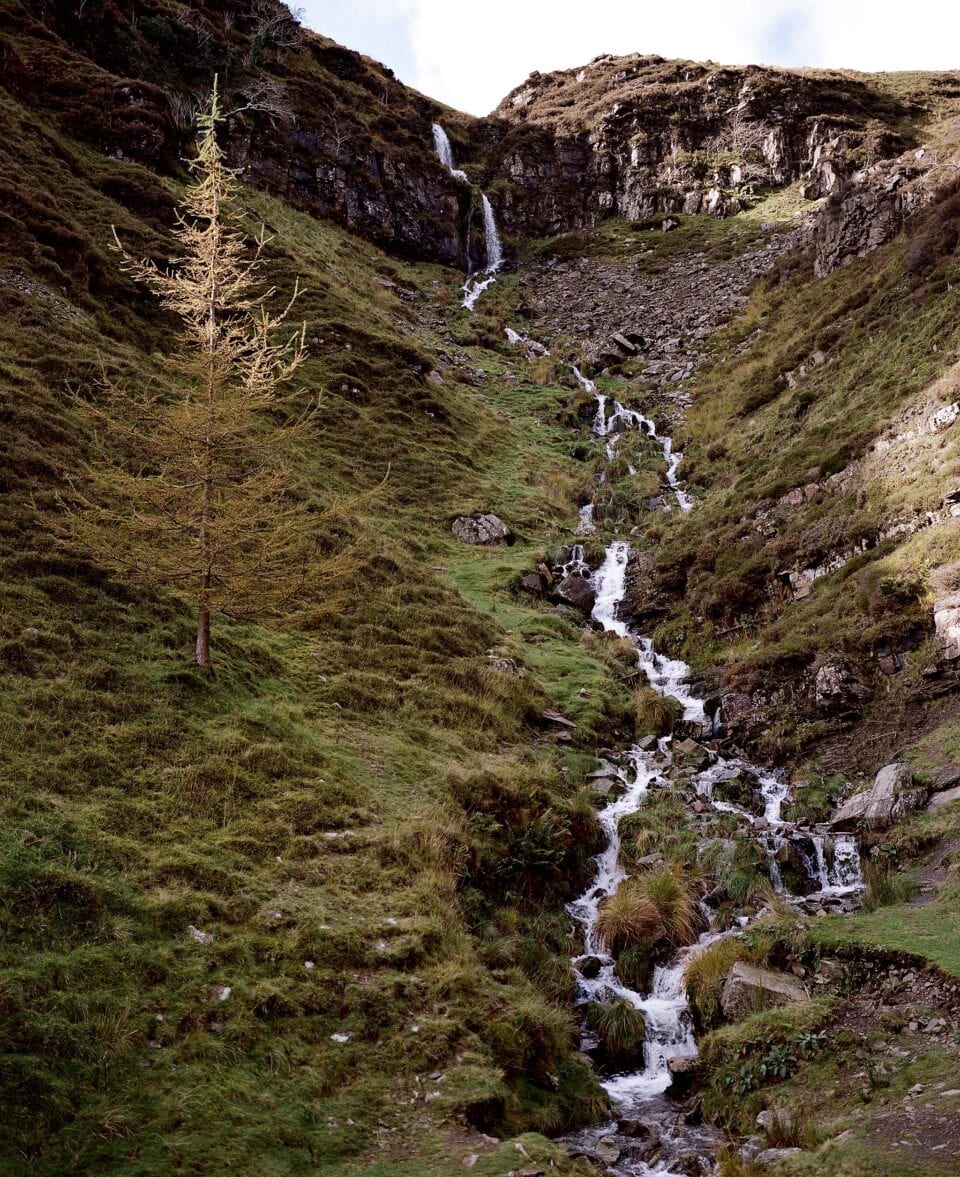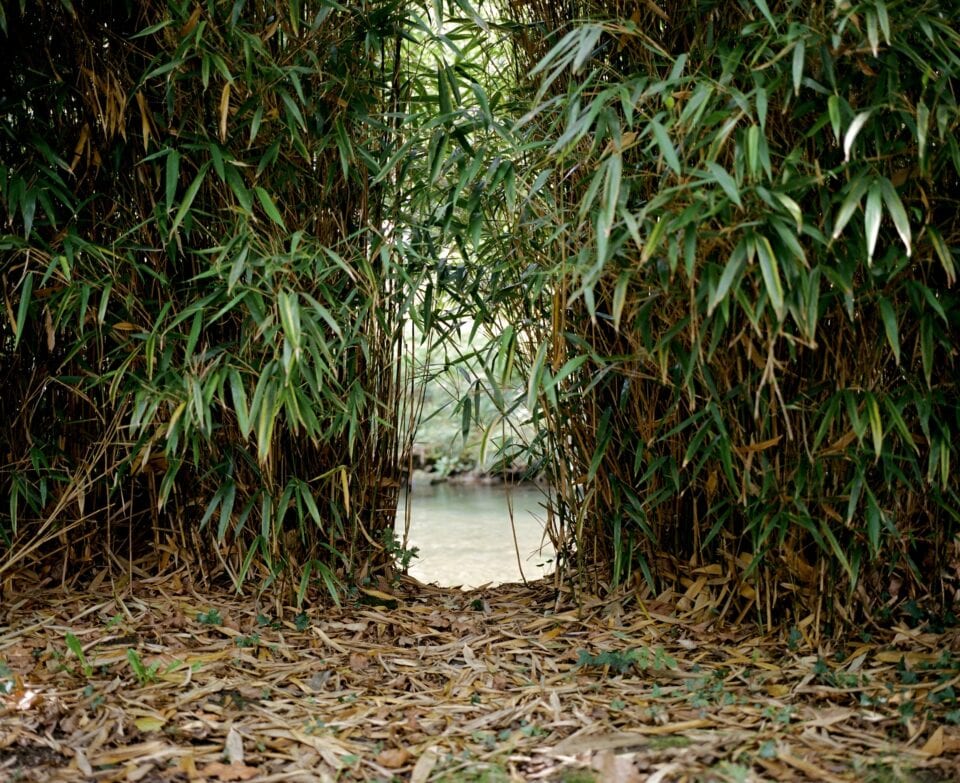In the afterword to his new photobook, Black Was the River You See, Welsh photographer Dan Wood describes the Ogmore as: “an unremarkable river. From its source at Craig Ogwr (527m) it runs approximately 28km before meeting up with the Bristol Channel at Ogmore-by-Sea. It is a river that has been a constant in my life. I grew up with it and know it well. As a child almost everything I did seemed to revolve around the river – swimming, fishing, camping alongside its banks, watching the annual raft-race and just general mischief. It has taken me many years to appreciate it and its role in local society, so I felt that this was my chance to pay tribute.”
The river was a constant in the life of many South Welsh communities too, although run-off from heavy industries such as coal mining caused it to run black for many years (it is a comment of Wood’s grandfather on this choked colouring, passed down through the family, which lends Wood’s book its name.) Since the pit closures of the Thatcher years, the waterways have been cleaned up, but the towns that relied upon the mines for their economic and cultural identity have been left floundering. It’s a sense of simultaneous decay and renewed vitality which gives Wood’s images their power, although he also has an eye for magical-realist oddities of detail – like a set of balloons floating in a puddle – that snag the eye and mind.
The photographs follow the river course from source to sea, with only a couple of early shots of pine-strewn slopes suggesting the pristine mountain haven of Welsh tourist-board fantasy. Even in the hills we find scrappy evidence of human activity, from plastic bottles hung on broken-off tree branches, suggesting a curious post-apocalyptic totem-pole, to rusted iron foot bridges. Soon, it’s a course hemmed in by housing estates and faded brick walls. Many of Wood’s architectural images have a kind of hyperreal strangeness to them, an effect, perhaps, of bright light and large planes of unbroken pale colour. In one particularly memorable piece, a red-headed toddler sets off across an expanse of tarmac, in front of a stark geometrical assemblage of beige roofs and plaster.

Interspersed throughout are a sequence of tender, characterful, often melancholy portraits: generally, the faces seem pensive or mournful, though some are whimsical, sprightly. A little boy leans against a wall in profile, the outlines of a dyed green star shaved into the side of his mohawk. Around Wood’s human models, meanwhile, signs of decay stack up: a sports car gathering mould discarded between two concrete garages; a dead squirrel nestling in long grass; a huge broken-off tree trunk carried downstream; tyres, grime, underpasses. Crosses on walls and gravestones, and Welsh dragons in the form of supermarket signs and cuddly toys, seem to serve as markers of identity.
Then again, nature is mending itself: “ever since I can remember, the river has been fairly healthy, full of salmon, trout and eel,” Wood notes. Grass and foliage is growing thick and green everywhere, whilst a huge tree trunk has swallowed up a set of railings in one – typically surreal – piece. Ruined buildings serve as images of rejuvenation as much as demise. Paths and vistas open out onto the river at points, keeping the narrative of the book tied to that central, flowing presence. And there are signs of a kind of stubborn human wildness that seems to feed off these surroundings. A drinking den in a gnarled, hollow tree trunk; runes carved into a fence, long druidic hair; boys swimming by concrete weirs.
In her foreword, the Welsh writer Rachel Tresize connects Wood’s work with: “the Welsh expression milltir sgwar, which translates in English as ‘square mile’… Milltir sgwar refers….to the patch of ground you make your own – the place that shapes you and which is shaped in return by your connection.” Wood knows his square mile well enough to spot a life force in it beneath faded symbols of industry, religion and nationalism. The series is a captivating photo-portrait of a community and landscape in the throes of recovery from deindustrialisation, which captures snatches of wild energy, vitality and strangeness.
Find out more here.
Words: Greg Thomas
All images courtesy Dan Wood, from Black Was the River You See.









